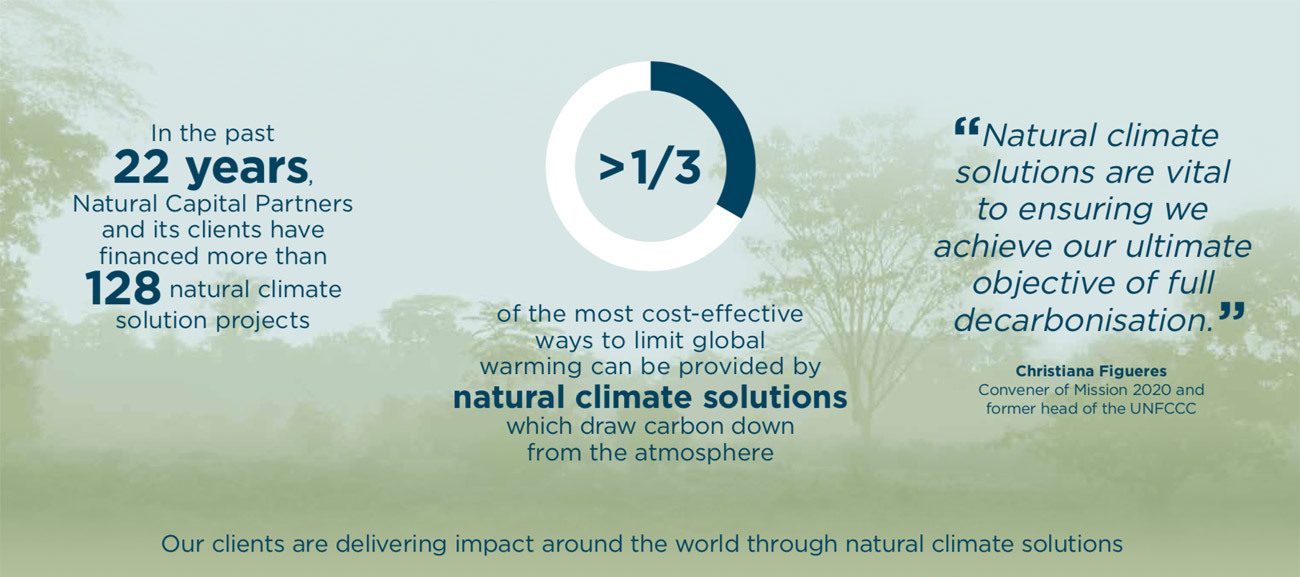Mangroves are estimated to store up to four times more carbon than rainforests, making them a highly effective natural climate solution.
More than 35% of the world’s mangroves have been lost since 1980. Many have been cleared for development and agriculture or deforested for fuel wood and timber.
Mangroves have adapted to grow in the harsh environmental conditions between sea and land. They act as a bridge between the two and have a critical role to play, not just in helping to drawdown carbon from the atmosphere to meet our climate change goals, but also to protect coastlines and as important ecosystems for healthy, thriving fish.
The dense root systems of mangroves trap sediment and help stabilize the coastline, protecting it from storm surges and erosion – where mangroves have been destroyed the coastal damage from hurricanes and typhoons is much more severe. They provide a home for many varieties of fish, crab, and shrimp, and therefore an essential source of food and income for coastal communities. And, when sustainably harvested, the wood from mangroves, which is resistant to rot and insects, can be an important and valuable timber for construction by local communities.
